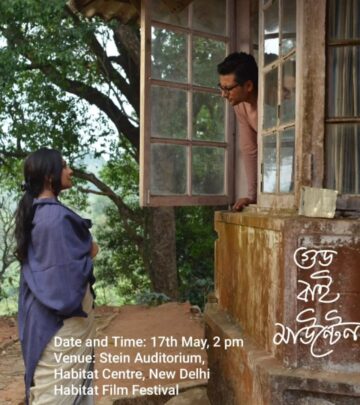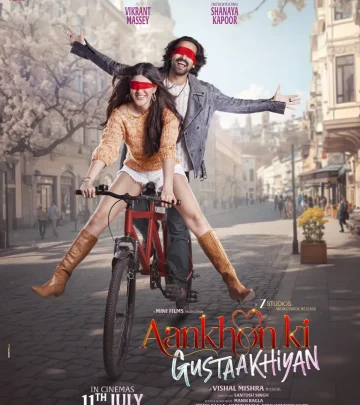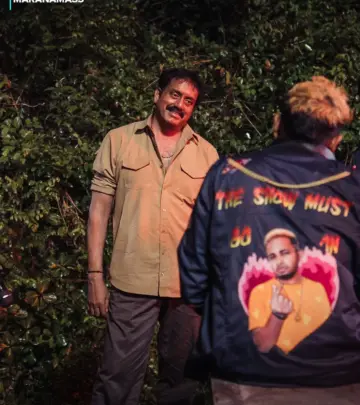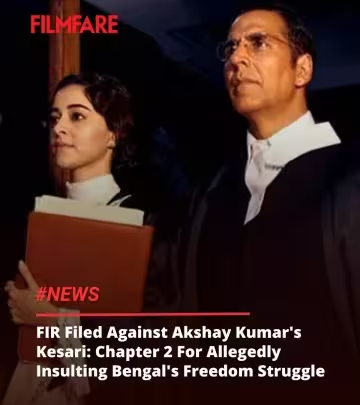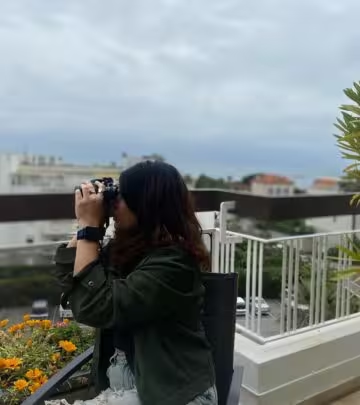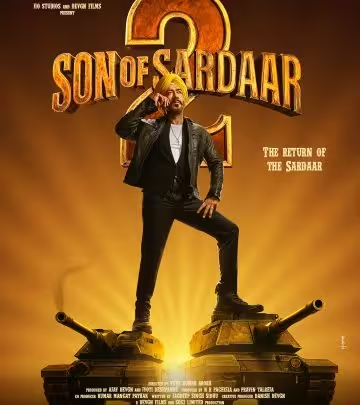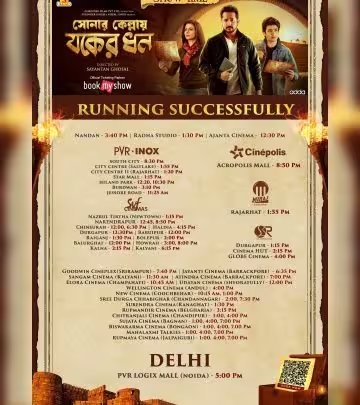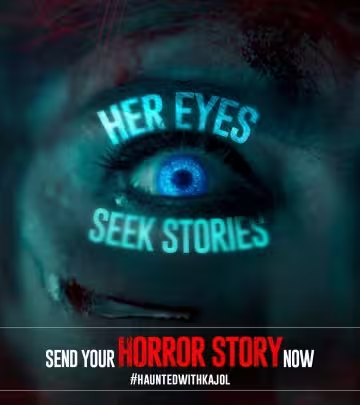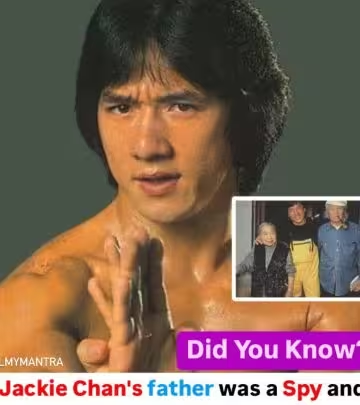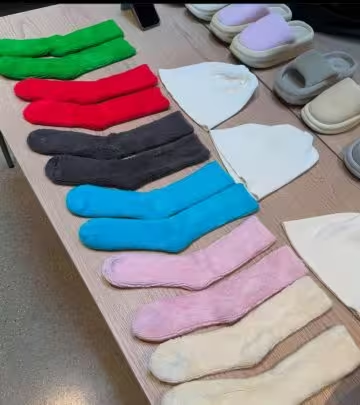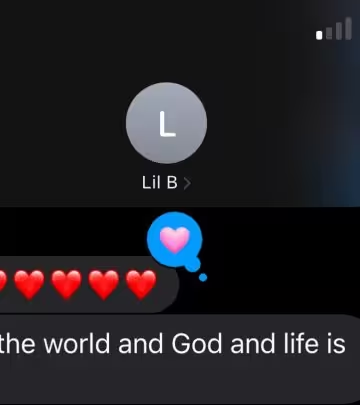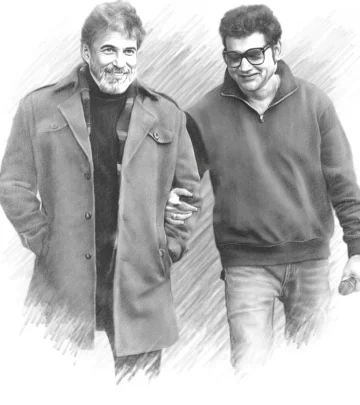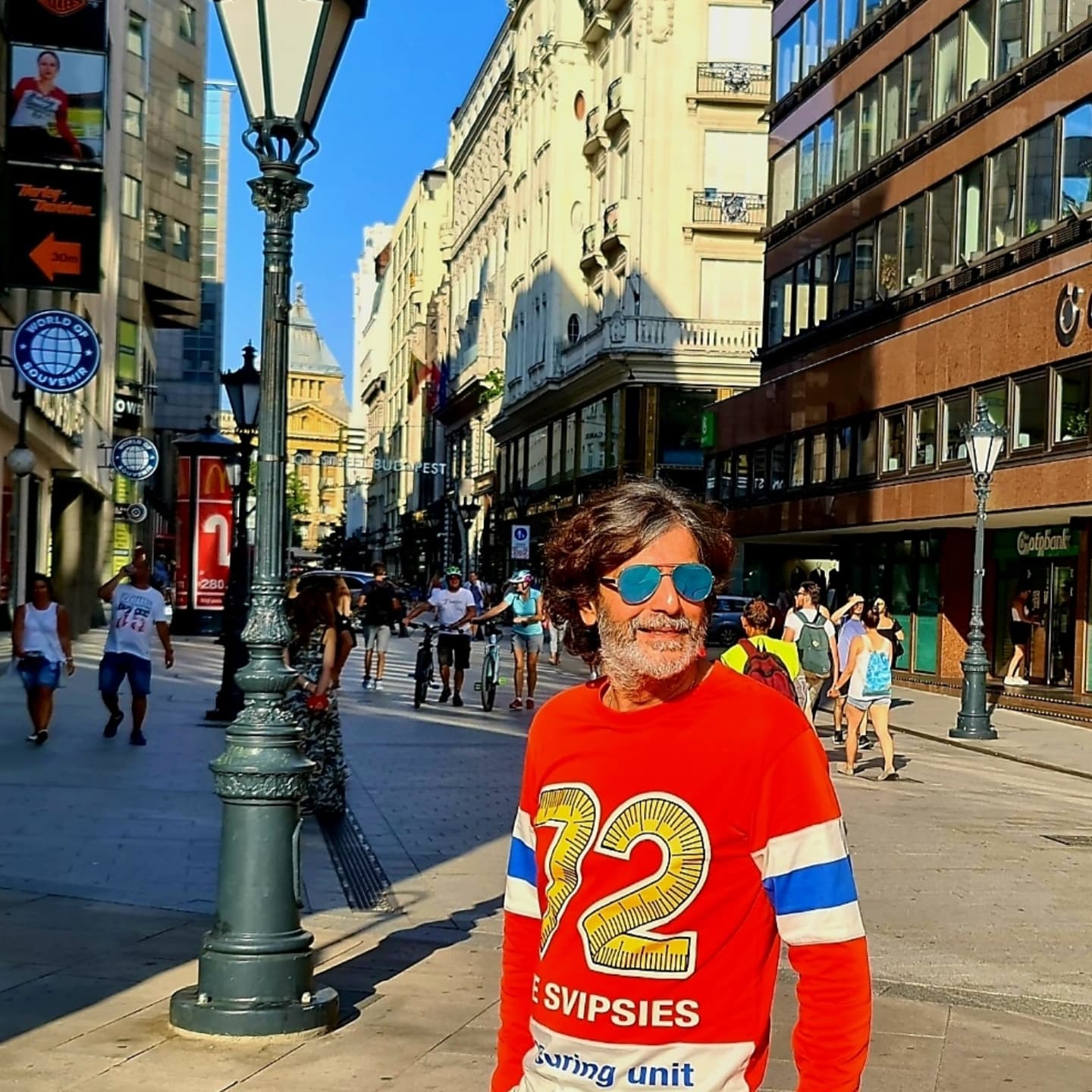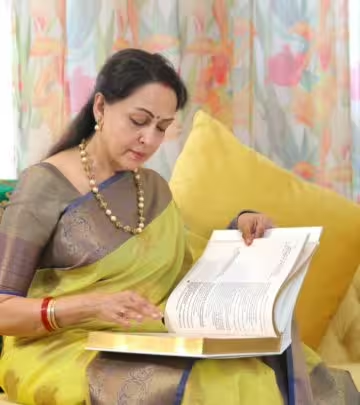Fire Film Revisited: Changing The Ending
Celebrating 25 years of landmark film exploring its evolving narrative and bilingual magic.
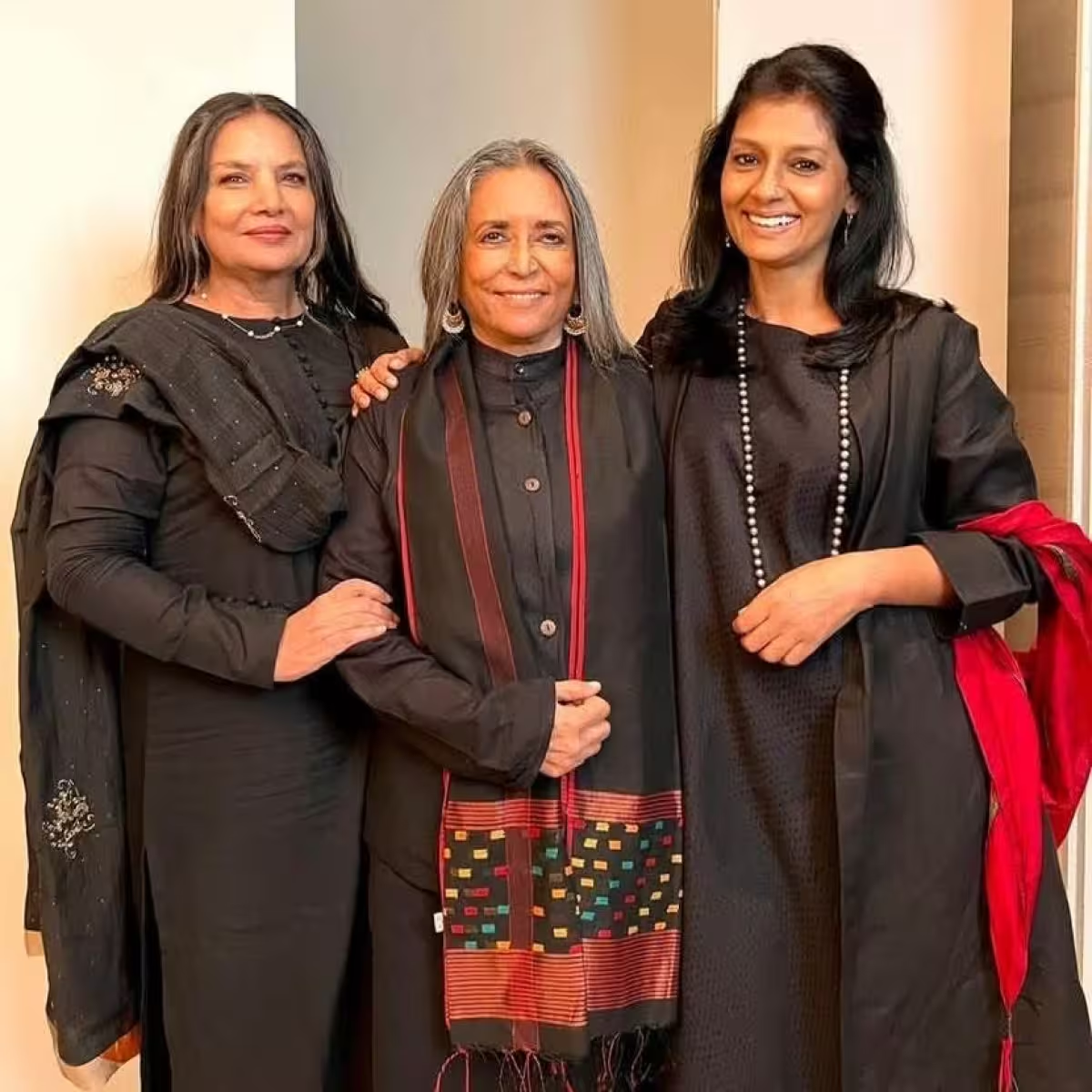
Image: Instagram
Nearly 25 years after its release, the iconic film Fire continues to spark conversations and intrigue fans around the globe. The film remains a benchmark in cinema, not only for its powerful narrative but also for the behind-the-scenes decisions that redefined its path. A revealing social media post recently brought to light a lesser-known chapter of Fire’s legacy, reminding audiences of an alternate ending and a language shift that set the stage for its success.
When the film was in its nascent stages, a young creative mind, Farout Akhtar, advised that the original ending be changed. This suggestion, unconventional at the time, ultimately proved to be a masterstroke. The newly adopted ending transformed Fire into a film that not only defied expectations but also resonated with diverse audiences. The decision to alter the finale is now celebrated as one of those bold moments that cemented its status as a cultural reference in world cinema.
An equally intriguing twist lies in the film’s language dynamics. Fire was originally slated to be shot in Hindi; however, early dialogues failed to ring true to the envisioned narrative tone. In a dramatic turn of events, just two days before the shooting was set to begin, acclaimed filmmaker Deepa Mehta opted to retain the original English dialogue. This last-minute pivot, greatly approved by producer Bobby Bedi, was a gamble that paid off. The film’s cast, celebrated for their bilingual proficiency, rose to the challenge, infusing the performance with an authenticity that continues to captivate audiences.
Behind The Scenes Twist
This behind-the-scenes revelation offers a fascinating look at the collaborative spirit that defined the film’s production. The bold choices made by the creative team contributed in no small measure to its enduring success. The strategic switch in dialogue not only broadened its appeal but also demonstrated how quick decision-making can enhance artistic expression. Cast members found themselves in a unique position, tasked with delivering lines in a language that added an unexpected layer of realism to the film. Their ability to navigate this shift underlined the depth of talent present on set.
Veteran actress Shabana Azmi, a towering figure in Indian cinema, stands as one of the film’s revered contributors. Beyond her illustrious career, which has spanned decades and earned her accolades for her roles in parallel cinema, Azmi brought a gravitas to Fire that amplified its emotional and cultural impact. The film not only benefited from her nuanced performance but also from her longstanding commitment to meaningful storytelling. Her involvement in Fire, as noted in various discussions and profiles, further underscores the film’s significance in the annals of cinematic history.
Legacy And Influence
The legacy of Fire extends far beyond its screenplay. Its journey from concept to cult status is a testament to the creative risks taken during production. The decision to scrap the original Hindi dialogues in favor of English was not just a technical pivot; it was a statement about authenticity and artistic vision. This calculated risk opened up a broader audience and signaled to future filmmakers that bold, on-the-fly decisions can lead to masterpieces.
As the film approaches its 25th anniversary, it continues to inspire both filmmakers and audiences. Industry insiders and film enthusiasts alike celebrate Fire not only for its narrative innovation but also for the resilience and adaptability of its production team. The candid recounting of its behind-the-scenes challenges has found a renewed audience on social media, where fans are quick to share and discuss every intriguing detail.
Moreover, the film’s influence is evident in contemporary discussions around cinematic storytelling. The production’s ability to pivot under pressure, transitioning from a planned Hindi narrative to an English-driven dialogue, is now studied in film schools and echoed in modern cinematic experiments. The creative decision-making process, documented through behind-the-scenes anecdotes, serves as a blueprint for innovation in the face of adversity.
Eyewitness accounts from the set highlight a spirit of collaboration and determination that helped shape Fire’s legacy. From last-minute script changes to the actors’ incredible ability to meet the demands of bilingual dialogue, every element of the production played a pivotal role. Social media platforms, notably Instagram, have revived these storied moments, with nostalgic posts and images capturing the essence of the period. One such image—featuring the film’s celebrated trio in a candid moment—exemplifies the blend of creativity and resilience that defines Fire.
Reflecting on over two decades of impact, Fire is more than just a film. It is a chronicle of inventive decision-making and the unpredictable artistry of filmmaking. The story behind its alternate ending and language switch continues to educate, entertain, and inspire, reminding us that sometimes the most significant changes occur when creativity meets urgency.
Read full bio of Cynthia Jean Daniel



